With the start of the 2020 Tokyo Paralympics just two years away, para athletes have begun to ramp up preparations and intensify their training. But many face major disadvantages due to a lack of training facilities with features such as air conditioning or barrier-free entrances.
Harsher challenges often face participants in wheelchair sports, which are prohibited at some gymnasiums for fear of damage to floors and walls.
The newly built Para Arena opened in June with the aim of solving those issues and supporting para athletes by providing a gymnasium specifically for their needs.
The 3,187-square meter facility, located next to Museum of Maritime Science in Tokyo's Shinagawa Ward, was built by the Nippon Foundation Paralympic Support Center at a total cost of ¥900 million. The Support Center is also shouldering operational costs.
"We thought, 'if we don't have a gymnasium for para sports, then let's build one,' when we made the decision last spring," said Yusuke Yamaguchi, project leader of the promotion and strategy department for the Paralympic Support Center. "We looked for a construction company that could deliver it quickly and at low cost."
According to Yamaguchi, there are 25 sports centers in Japan that specifically cater to physically disabled people. However, para athletes are not always guaranteed adequate training time as the spaces are also used for rehabilitation or recreational purposes.
The main arena is 7 meters high and boasts 2,035 square meters of space, enough for three courts for wheelchair basketball or rugby, eight for boccia, two for sitting volleyball and one for blind soccer or goal ball.
"The courtlines for some para sports, such as sitting volleyball, blind soccer, or boccia, are already set, which is very rare at the regular gymnasiums," Yamaguchi explained. "For example, it can take as long as an hour to set up a boccia court at regular gymnasiums. Here, you can save that time and use it for practice."
There is also a training room, two conference rooms and multipurpose bathrooms and locker rooms.
Many of the devices installed in Para Arena are meant to help para athletes use the facility easily and comfortably. In addition to barrier-free entrances, multiple areas feature elements of universal design.
"Using strongly contrasting colors for the wall and floor helps people with weak vision notice the wall and avoid hitting it," Yamaguchi said. "We had a lot of conversations with para athletes and asked how we can make the facility comfortable for them."
The eight large air conditioners installed in the wall have also drawn a lot of attention. Many regular gymnasiums in Japan still lack air conditioning, but this feature was a high priority for Para Arena.
"Some para athletes, such those who suffered damage to their spinal cord, are not able to sweat and their bodies overheat as a result. The big fans they use at regular gymnasiums, are not enough," Yamaguchi said.
While the arena can be used simultaneously by multiple sports, blind athletes are granted exclusive access during their training sessions. This is because sound is extremely important in blind sports as it helps athletes locate the ball. Even the sound of the air conditioners can be disturbing.
"Before blind athletes use the arena, we need to cool the room before the practice and turn (the air conditioners) off during their practice," Yamaguchi said.
Reservations can be made through an online system, with national team members given priority access. Use of the facility is free of charge and in general limited to para athletes, although able-bodied athletes are allowed to participate in events promoting para sports and the Paralympics.
Wheelchair basketball national team player Takahiro Akeda is one of the athletes thankful to have the facility.
"First of all, the parking space is huge, so it is much easier to get in and out of cars than at regular gymnasiums," said Akeda, who drives to Para Arena three days a week. "You don't have to take time to find a place to practice. You can maintain the rhythm of your private life. The more facilities we have like this, the better para athletes can be."
However, it remains unclear whether Para Arena will continue to exist after the 2020 Paralympics.
"The Paralympic Support Center's activities will conclude at the end of the 2021 fiscal year, which means we'll finish managing Para Arena," Yamaguchi said. "Nothing has been decided about the arena. If a new managing organization is found, the arena could stay as it is."



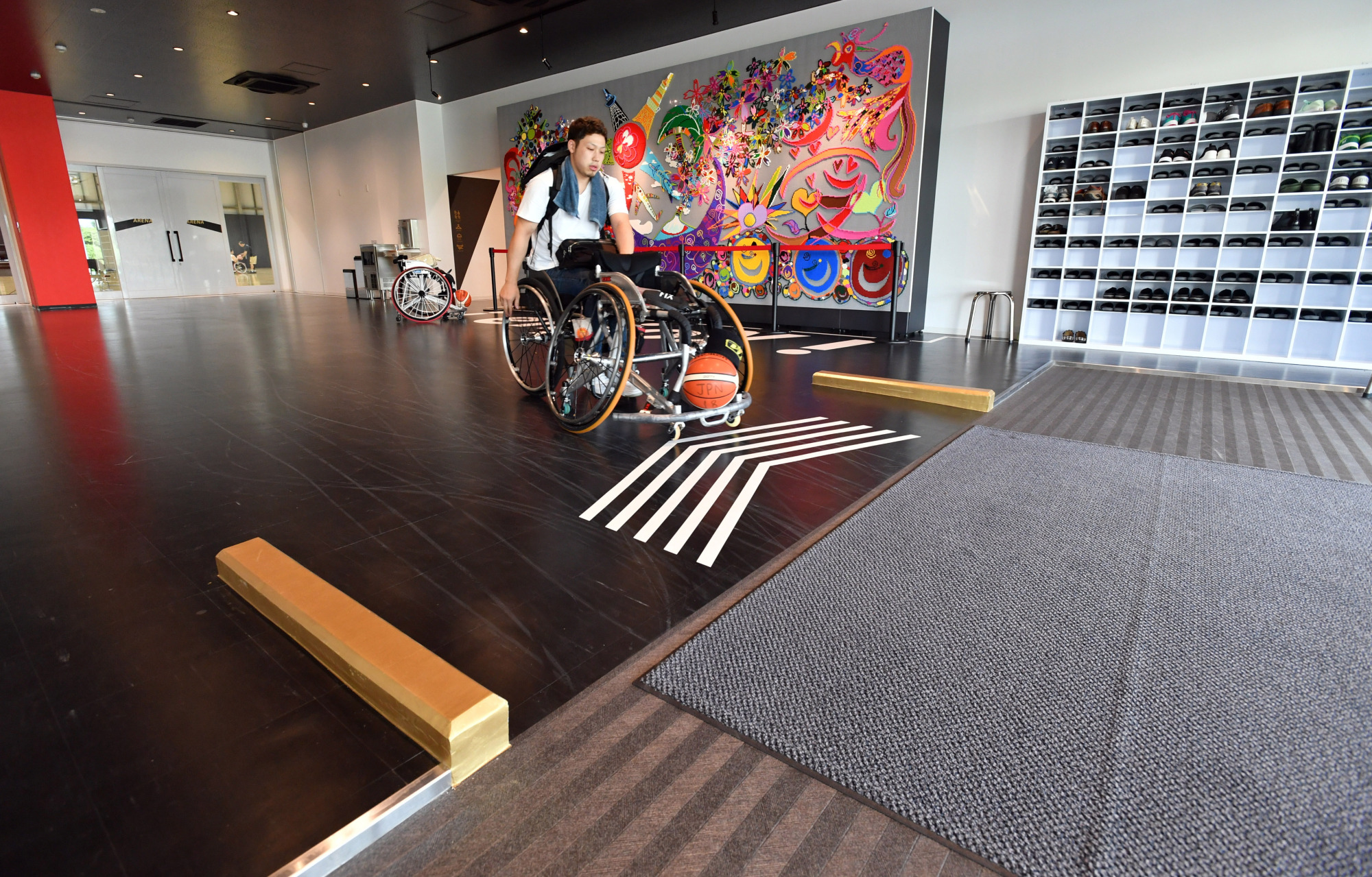
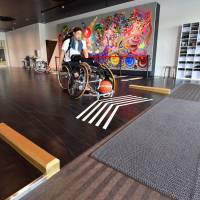
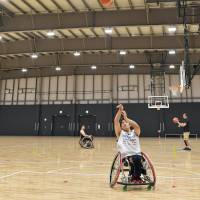
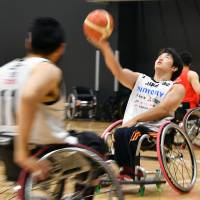
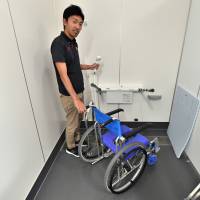
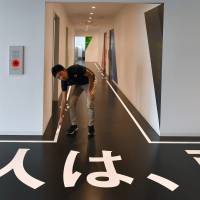















With your current subscription plan you can comment on stories. However, before writing your first comment, please create a display name in the Profile section of your subscriber account page.